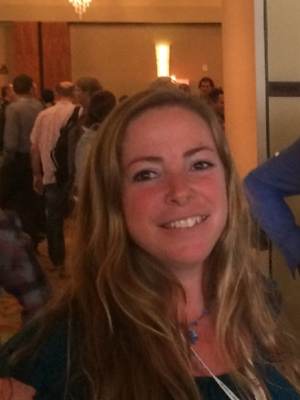Type a word to start your search

Type a word to start your search

In September 2017, McInnis Cement inaugurated its cement plant in Port-Daniel. This state-of-the-art plant consumes 33% less fuel and 40% less energy than other plants in North America. Nevertheless, the plant remains the largest industrial emitter of greenhouse gases (GHGs) in Quebec with 1.76 million tonnes per year, or about 2% of total emissions in Quebec. The Government of Quebec's energy policy has set very important GHG reduction targets in the province and McInnis Cement must join the collective effort to try to achieve them. At the same time, the economic development actors in the region are working to multiply the business opportunities on its territory linked to the presence of the cement plant. This situation led to the idea of developing this "deposit" of CO2 to attract companies specialized in CO2 capture and recovery, and renewable fuel to settle in the outskirts of McInnis Cement. In order to coordinate the deployment of this initiative, the Pôle des technologies propres de la Gaspésie (PTPG) was created. The cluster aims to deploy an ecologically and financially efficient industrial network, develop a proactive approach and value chain management, stimulate industrial investment in the region and optimize access to clean technology investment programs by local companies. The development of this industrial synergy requires scientific expertise. The UQTR-Innofibre-CIRADD team is recognized for its involvement in the recovery of regional economies with transformative and clean technologies, the structuring of projects aimed at boosting local industries and creating poles of industrial synergy in a sustainable development perspective. In partnership with the PTPG, and Ferme Marine du Québec, UQTR-Innofibre-CIRADD will work to develop a plan for the implementation of a Biopark composed of CO2 capture/recovery and biofuel production technologies, including the production of microalgae and algal biobrante, in synergy with McInnis Cement, to reduce GHG emissions and maximize economic and social impacts on the region. This college-university synergy, put at the service of the PTPG, will make it possible to structure an industrial network in synergy with McInnis Cement in a dynamic of circular bio-economy and wealth creation. The implementation of a CO2 Biopark will significantly contribute to the reduction of greenhouse gases in Quebec and the model developed can be transposed to other regions.

$ 403 599